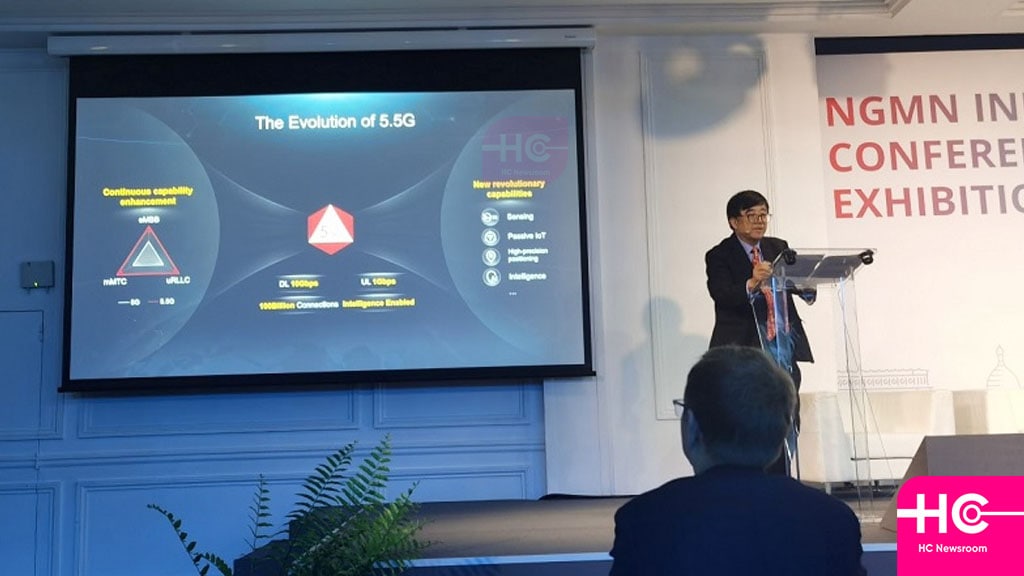News
5.5G is the only way to switch from 5G to 6G: Huawei

Huawei attended the IC&E Summit organized by the NGMN (Next Generation Mobile Network) on September 8. At this conference, the company delivered a speed on how Huawei will bridge the gap between 5G to 6G using a 5.5G network technology.
The CTO (Chief Technology Officer) of Huawei Wireless – DR. Tong Wen cited in his speech that only 5.5G is the way for the evolution from 5G to 6G. Further, he also described some major plans and key aspects that will help in this thoughtful evolution.
These vital theories regarding the technology evolution state how the 5.5G network works and bring benefits to the operators and consumers. However, before moving ahead, let’s have a glimpse at the words of Dr. Tong Wen:
“5.5G will help 5G evolve to 6G. The 5.5G/6G network is not only the link between the physical world and the digital world but also the nervous system between the physical world and the intelligent world.”
Major Plans with 5.5G
New Services with new 5.5G Facilities
So far, the 5G network has firmed its legs in the world with more than 40 sites in 10,000 population areas. Besides, more than 30 vertical industries have applied it and increased the economical growth to 1.3 trillion USD. To meet more new requirements, 5G will initiate towards 5.5G technology.
Ultimately, this initiation will enhance the eMBB/URLLC/mMTC and other properties. Also, it will open new doors for toC services and toB industry applications. In addition, there will be new perception, passive IoT, positioning, intelligence, and other reflective changes with the 5.5G efficiency.
 Ultra-Large Bandwidth achievement with 5.5G network
Ultra-Large Bandwidth achievement with 5.5G network
Since 5.5G will bring on new opportunities, the companies will be able to work over the ultra-large bandwidth spectrum. The recently introduced 6GHz appears with larger bandwidth to provide 200MHz-400MHz spectrum. Besides, the millimeter wave offers an 800MHz spectrum. These mechanisms will make it possible to experience 10Gbps anytime, and anywhere.
Uplink and Downlink decoupling continues to innovate
Industry Digitization demands more for the uplink than the downlink. For doing so, they have to utilize the existing FDD (Feature Driven Development) spectrum completely. On the other hand, the multi-frequency integration helps in the decoupling of uplinks and downlinks.
Eventually, this decoupling provides a 1Gbps uplink rate. Currently, the decoupling is in use for commercial purposes. Huawei says that it will keep on promoting the evolution of 5.5G technology to accelerate the digital economy.
(Source)






